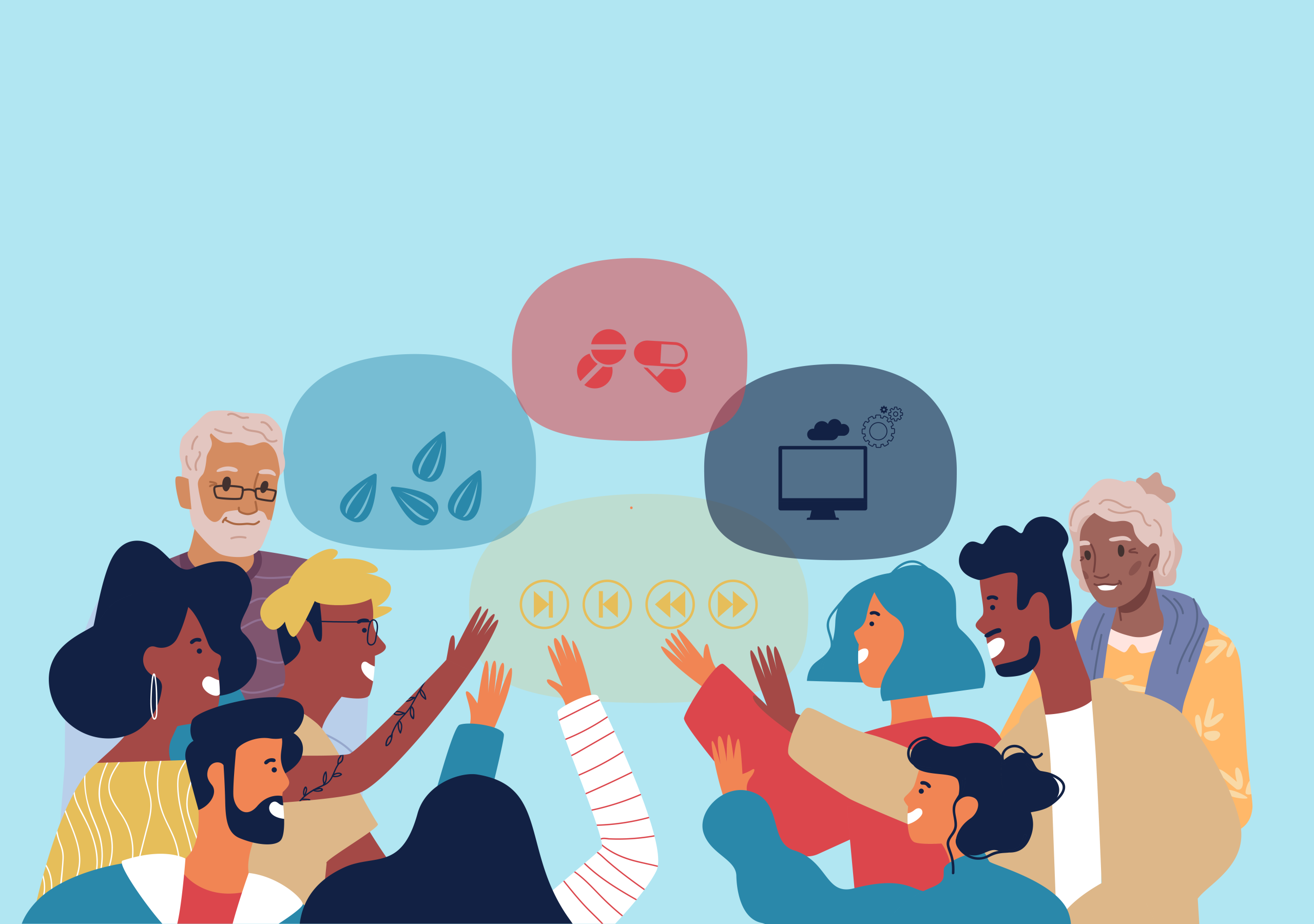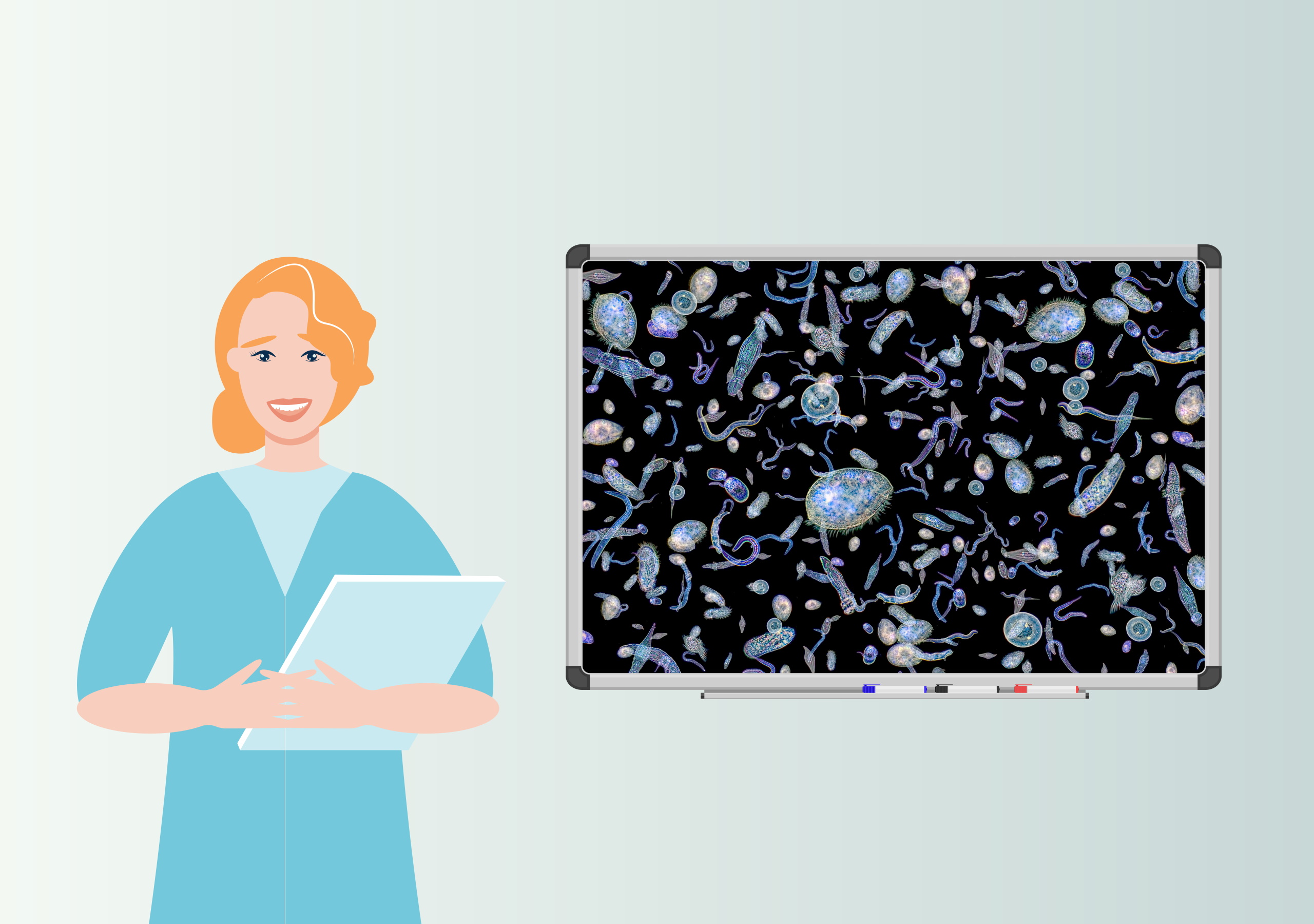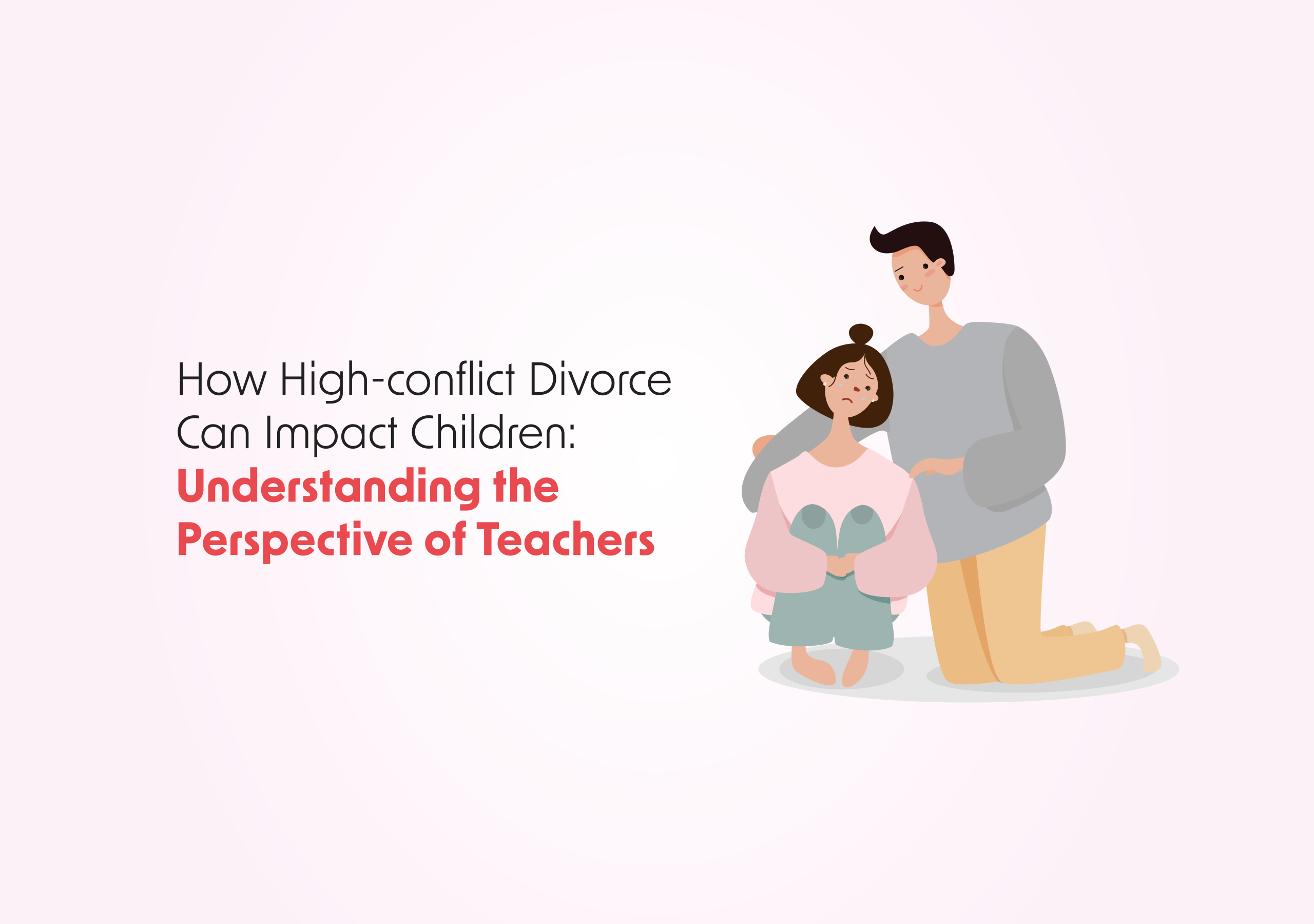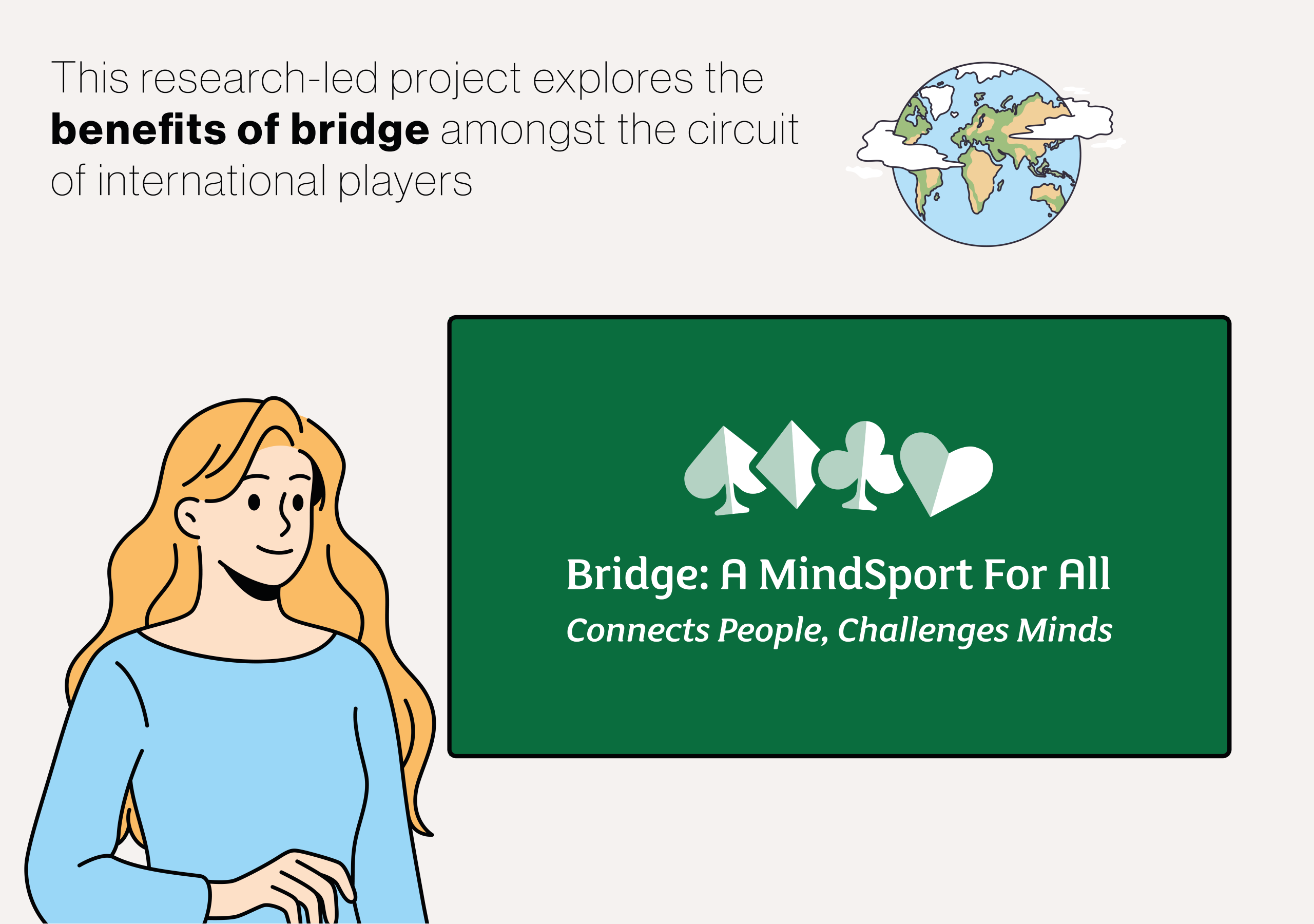Are we primarily motivated by self-interest, or can activities that advance the progress of others provide similar or even greater levels of motivation? Logically, it would seem that people are most motivated to achieve specific goals when they are doing things that benefit themselves. Examples include studying for an exam, doing regular physical exercise, or working toward a career milestone; all activities that have tangible and readily apparent benefits for the individual pursuing them. Consequently, many of us would tend to believe that personal progress is our biggest driver. However, a recent study by Prof. Olya Bryksina from the University of Winnipeg reveals a surprising twist in how motivation works, especially when we’re part of a group. In her innovative research, published in Motivation Science in 2025, Professor Bryksina explores a question many of us encounter daily but rarely think deeply about: What makes people put in effort when working toward a shared goal as part of a group? Her findings suggest something profound, that helping others in a group can be more motivating than helping ourselves. More
Let’s use a simple example to illustrate these processes. Imagine that you are a student and that yourself and a few classmates are working on a group paper. You’re running out of time, and you have to choose between using that last half hour to polish your section or helping a teammate improve theirs. Which would feel more rewarding?
According to Bryksina’s research, the chances are that you’ll be more motivated to help your teammate rather than yourself. This is not necessarily because you’re particularly altruistic compared to the average person (though that may help), but because helping them feels more impactful to the overall success of the group.
This runs counter to what we often assume, that self-benefit is our top motivator. This research reveals that in team-based situations in particular, the psychological forces that shape our sense of contribution, and therefore our motivation, are quite different from situations that do not involve group goals and outcomes.
Bryksina conducted a series of experiments involving hundreds of participants who were placed in group scenarios: solving math problems, proofreading, or completing language tasks. Some were given the option to use their time or money to benefit themselves, while others could use the same resources to help a teammate.
What she found was consistent and striking: people were more motivated when their actions helped a fellow group member. They were even willing to spend more time and money in support of someone else’s progress toward the group goal than their own.
The key here is “perceived goal progress.” Helping another person doesn’t necessarily generate more progress in an objective sense, it just feels more impactful. And that feeling is what sparks motivation.
So why does helping a group member feel more meaningful? This is where social psychology comes into play. When we think about others, we do so from a greater “psychological distance” than when we think about ourselves. Our own progress is tangled in the details of our lives, which include our anxieties, limitations, and doubts. But when we picture someone else’s efforts, we tend to view them more abstractly, through a cleaner, goal-oriented lens.
Professor Bryksina found that this distance leads us to judge others’ progress as more directly tied to the success of the group. As a result, helping someone else feels like it contributes more to the team’s overall goal, even if, on paper, it’s exactly the same as helping ourselves, since we are also part of the group.
This abstraction may sound subtle, but it has major implications. Think about leadership. Managers who structure tasks so that team members feel they’re helping each other (rather than merely themselves) might see a boost in engagement. In classrooms, teachers assigning peer-feedback roles could foster greater participation. In sports or theatre, encouraging support for teammates may heighten motivation across the board.
This is particularly powerful in today’s world, where collaborative work is everywhere, from remote teams in tech companies to volunteer groups tackling social challenges. If organizations can tap into the boost that comes from the perceived impact of helping teammates, they might unlock higher levels of effort, satisfaction, and success.
So how can we apply this insight? Bryksina’s research offers a simple but transformative suggestion: If you want to motivate people within a group, design their contributions to support each other’s progress, not necessarily their own.
For instance, in workplaces, employers could frame tasks in terms of how one person’s actions help a team mate’s success. Instead of assigning individual reports, this could involve making it clear how each report builds on another’s. In classrooms, a teacher could assign peer-assistance roles or collaborative tasks that highlight how helping classmates leads to better group performance. In sports teams, a coach could emphasize assists, setups, and teamwork over individual stats, whereas in families, parents could encourage siblings to help each other complete chores or meet goals, reinforcing the sense of joint success.
Professor Olya Bryksina’s research is more than an academic study, it’s a mirror showing us how deeply interconnected our motivations really are. It reminds us that in a world obsessed with self-improvement, sometimes the best way to move forward is to lend a hand to someone else – especially when success is a reflection of the performance of the whole group rather than an individual person. Helping others, it turns out, may not just be kind, it may be one of the most powerful forms of self-motivation we have.







